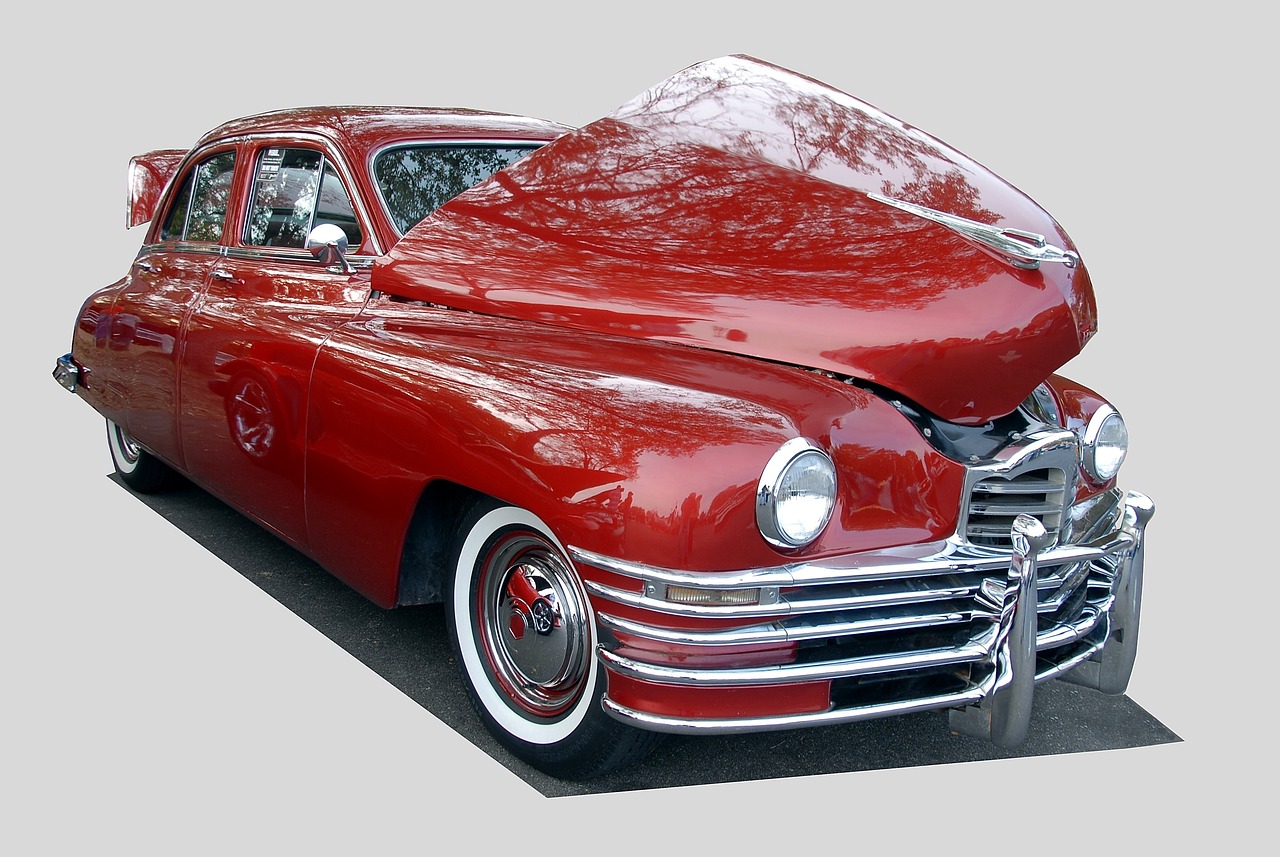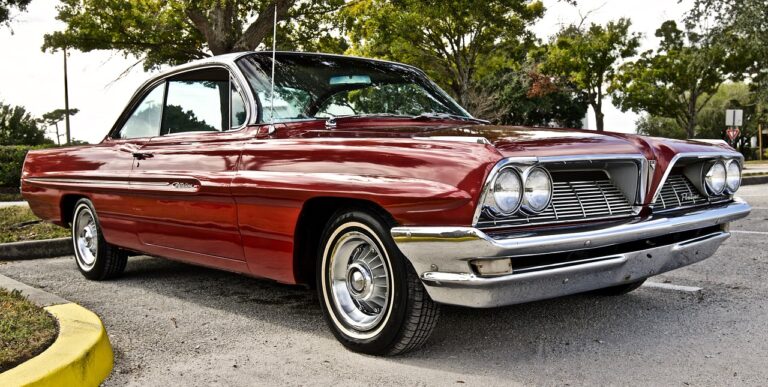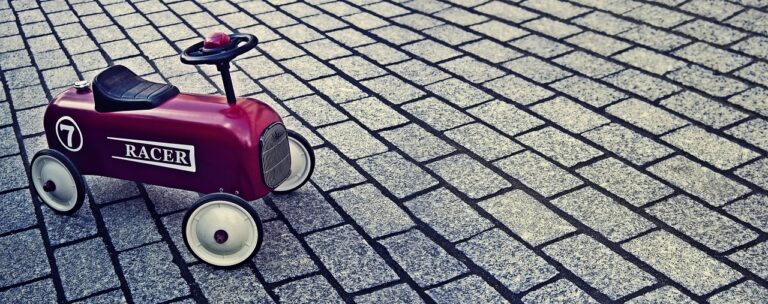Understanding the Role of Automotive Air Conditioning in Vehicle Interior Surface Texture Optimization
golden exchange 99, cricbet99.com, king 567 casino:Understanding the Role of Automotive Air Conditioning in Vehicle Interior Surface Texture Optimization
Today, we are going to discuss a crucial aspect of vehicle design that often goes unnoticed – automotive air conditioning’s impact on optimizing interior surface texture. When we think about air conditioning in our cars, we usually focus on its ability to keep us cool during hot summer days. However, the role of air conditioning goes beyond just temperature control; it also plays a significant role in determining the surface texture of the interior materials in vehicles.
How does air conditioning affect surface texture optimization in vehicles?
Air conditioning in vehicles serves multiple purposes. Not only does it regulate temperature and humidity levels inside the car, but it also influences the behavior of materials used in the interior. Different temperature and humidity conditions can cause materials to expand or contract, leading to changes in surface texture.
For example, during hot summer days, when the air conditioning is running at full blast, materials like leather or plastic may become softer and more pliable. This can result in a smoother surface texture, making the interior of the car feel more luxurious and inviting. On the other hand, during cold winter days, when the air conditioning is turned off or set to a lower temperature, materials may become stiffer and harder, leading to a rougher surface texture.
The key to optimizing surface texture in vehicle interiors lies in finding the right balance between temperature and humidity levels. By carefully controlling these factors, automakers can ensure that interior materials retain their desired texture and appearance, thus enhancing the overall quality and feel of the vehicle.
The science behind surface texture optimization
Surface texture optimization in vehicles is a complex process that involves a deep understanding of material properties and behavior under different environmental conditions. Materials used in vehicle interiors, such as leather, plastic, and fabric, are carefully selected and tested to ensure they can withstand various temperature and humidity levels without losing their texture or appearance.
Automakers use advanced testing methods, such as thermal cycling tests, to evaluate how materials will behave under different climate conditions. By subjecting materials to extreme temperature changes, engineers can assess their durability and resistance to cracking, fading, or warping. This allows them to select materials that will maintain their surface texture and appearance over the lifetime of the vehicle.
In addition to material selection, automakers also design HVAC (Heating, Ventilation, and Air Conditioning) systems that are optimized to provide consistent temperature and humidity levels inside the car. By maintaining a stable climate, these systems help ensure that interior materials do not undergo drastic changes that could affect their surface texture.
The importance of surface texture in vehicle interiors
Surface texture plays a crucial role in enhancing the overall look and feel of vehicle interiors. A luxurious, well-designed interior can significantly impact the perception of quality and comfort in a car, influencing buyers’ purchasing decisions. By optimizing surface texture, automakers can create interiors that feel premium and inviting, providing a superior driving experience for customers.
In addition to aesthetics, surface texture also affects the functionality and comfort of vehicle interiors. Smooth, soft materials can provide a more pleasant tactile experience for passengers, while rough or slippery surfaces may compromise safety and comfort. By carefully selecting materials and optimizing surface texture, automakers can create interiors that are both aesthetically pleasing and functional.
FAQs
Q: How does air conditioning affect surface texture in vehicles?
A: Air conditioning plays a crucial role in determining the surface texture of interior materials in vehicles by regulating temperature and humidity levels.
Q: Why is surface texture optimization important in vehicle interiors?
A: Surface texture optimization is essential for creating luxurious, comfortable, and functional interiors that enhance the overall driving experience for customers.
Q: What factors should automakers consider when optimizing surface texture in vehicles?
A: Automakers should carefully select materials, design HVAC systems, and conduct thorough testing to ensure that interior materials maintain their desired texture and appearance under different environmental conditions.
In conclusion, understanding the role of automotive air conditioning in optimizing surface texture in vehicle interiors is essential for creating luxurious, comfortable, and functional cars that meet customers’ expectations. By carefully selecting materials, designing HVAC systems, and conducting thorough testing, automakers can create interiors that look and feel premium, enhancing the overall driving experience for customers.







